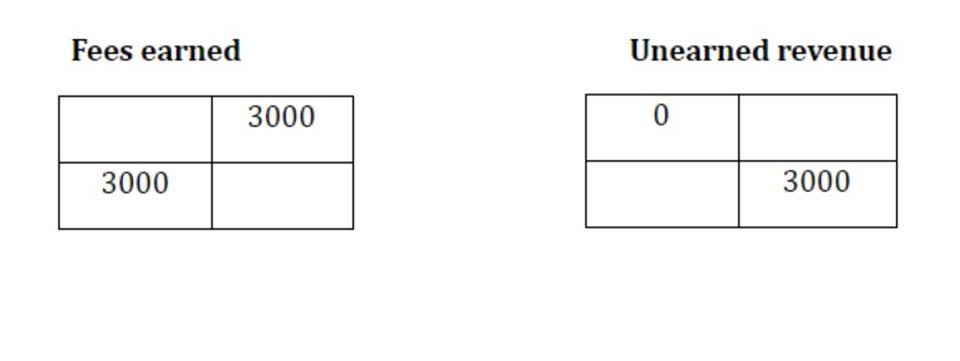
Waterfront Company has an equity multiplier of 5 while Milkwater has a multiplier of 2. Waterfront is, therefore, financing most of its assets using debts. All other factors being equal, higher financial leverage (i.e. a higher equity multiple) drives ROE upward. Investment in assets is a critical component of business activities, and companies must finance this acquisition through debt, equity, or a combination of the two. DuPont can therefore calculate the impact on the company’s net income (ROE) based on variations to the equity multiplier. For companies to acquire assets and conduct business, they will need to either finance their activities by injecting their own equity, issuing debt, or any possible combination of the two.
Calculating a Company’s Equity Multiplier

Like all liquidity ratios and financial leverage ratios, the equity multiplier is an indication of company risk to creditors. Companies that rely too heavily on debt financing will have high debt service costs and will have to raise more cash flows in order to pay for their operations and obligations. When a firm is primarily funded using debt, it is considered highly leveraged, and therefore investors and creditors may be reluctant to advance further financing to the company. A higher asset to equity ratio shows that the current shareholders own fewer assets than the current creditors. It shows that the company faces less leverage since a large portion of the assets are financed using equity, and only a small portion is financed by debt. ABC Company only uses 20% debt to finance the assets [(1,000,000 – 800,000) / 1,000,000 x 100).
- Rohan has a focus in particular on consumer and business services transactions and operational growth.
- It shows that the company faces less leverage since a large portion of the assets are financed using equity, and only a small portion is financed by debt.
- Putting these values into the EM equation provides Tesla with an Equity Multiple of 2.34.
- If ROE changes over time or diverges from normal levels for the peer group, the DuPont analysis can indicate how much of this is attributable to the use of financial leverage.
- A higher asset to equity ratio indicates that current shareholders own fewer assets than current creditors.
Industry Average
Net profit margin, asset turnover and the equity multiplier are combined to calculate ROE, which allows analysts to consider the relative of each impact separately. If ROE changes over time or diverges from normal levels for the peer group, DuPont analysis indicates how much of this is attributable to financial leverage. If the equity multiplier fluctuates, it can significantly affect ROE. Higher the equity multiplier is equal to: financial leverage drives ROE upward, all other factors remaining equal. Apple’s relatively high equity multiplier indicates that the business relies more heavily on financing from debt and other interest-bearing liabilities. Meanwhile, Verizon’s telecommunications business model is similar to utility companies, which have stable, predictable cash flows and typically carry high debt levels.
Understanding DuPont Analysis
What Is the Equity Multiplier? – The Motley Fool
What Is the Equity Multiplier?.
Posted: Wed, 06 Dec 2023 08:00:00 GMT [source]
Investors look at a range of data and ratios when analyzing investment opportunities in companies.t. Using the EM ratio is an indicator of whether a company is using large amounts of debt or shareholder equity. That said, the EM ratio is still capable of providing a quick look into a company’s asset financing structure. Being a much faster and easy formula, it tends to be a ratio computed first before further analysis can be conducted. As shown in the equation above, EM and ROE have a direct relationship.

- Where, Shareholders Equity (SE) is the amount of a company financed through shareholder investments.
- This is because the cash flows of a company will be relatively healthier as debt-servicing charges will be minimized.
- On the flip side, a low equity multiplier suggests that the company relies more on equity financing from shareholders than on debt.
- A high equity multiplier shows that the company incurs a higher level of debt in its capital structure and has a lower overall cost of capital.
- This is because it is calculated by dividing total assets with total equity.
Austin has a Bachelor of Science in Engineering and a Masters of Business Administration in Strategy, Management and Organization, both from the University of Michigan. Thanks to our well-designed and well-thought-out templates, you can now anticipate that your work will become simpler. A template can be used for multiple actions, including invoices, quotes, purchase orders, back orders, bills, and payment receipts.
What Debt-To-Equity Ratio Is Common for a Bank?
- Net profit margin, asset turnover and the equity multiplier are combined to calculate ROE, which allows analysts to consider the relative of each impact separately.
- These real-world examples from Apple and Verizon illustrate how companies can have different financial strategies reflected in their equity multipliers.
- It may, however, indicate that a company is unable to obtain debt financing on reasonable terms, which is a serious problem.
- When a company has a high equity multiplier, it usually means that the firm is using more debt to finance its operations and investments.
- It is essential to determine if a company relies on debt to finance its assets or if it utilizes shareholders’ equity.
- Verizon’s much lower proportionate shareholder equity value indicates that the business relies more heavily on financing from debt and other interest-bearing liabilities.
- To have a better perspective of a company’s risk profile, the equity multiplier is generally considered in comparison to the company’s historical performance.
To calculate the shareholders’ equity account, our model assumes that the only liabilities are the total debt, so the equity is equal to total assets subtracted by total debt. A company’s equity multiplier varies if the value of its assets changes, and/or if the level of liabilities changes. If assets increase while liabilities decrease, the equity multiplier https://www.bookstime.com/articles/payroll-automation becomes smaller. That’s because it uses less debt and more shareholders’ equity to finance its assets. It is essential to determine if a company relies on debt to finance its assets or if it utilizes shareholders’ equity. It is common to find companies on both sides of the chart, though most believe a lower-leveraged company to be a better option.

